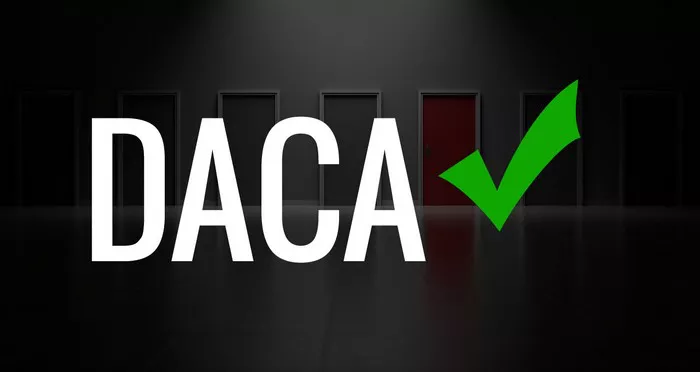In the landscape of immigration policy in the United States, few initiatives have been as impactful and controversial as the Deferred Action for Childhood Arrivals (DACA) rule. Enacted in 2012, DACA aimed to provide temporary relief from deportation to certain undocumented individuals who were brought to the country as children. Over the years, DACA has been subject to legal challenges, policy changes, and heated political debates, making it essential to understand its origins, provisions, and implications.
Origins of DACA
The DACA program traces its origins back to the Obama administration. Amidst a gridlocked Congress and increasing pressure to address the status of undocumented immigrants who arrived in the U.S. as minors, President Barack Obama issued an executive order in June 2012. This order established the DACA program, allowing eligible individuals to apply for a renewable two-year period of deferred action from deportation and eligibility for work authorization.
Provisions of DACA
To qualify for DACA, applicants must meet several criteria. They must have arrived in the United States before turning 16, continuously resided in the country since June 15, 2007, and been present in the U.S. on June 15, 2012, without lawful immigration status. Additionally, applicants must be currently in school, have graduated from high school, obtained a GED certificate, or have been honorably discharged from the Armed Forces or Coast Guard. Importantly, DACA applicants undergo rigorous background checks and must not have been convicted of certain offenses.
Impact of DACA
Since its implementation, DACA has had a profound impact on the lives of hundreds of thousands of individuals and their families. For many DACA recipients, the program provided a newfound sense of security and opportunity. With work authorization, they were able to pursue higher education, obtain better jobs, and contribute more fully to their communities. DACA also offered relief from the constant fear of deportation, allowing recipients to live without the constant threat of separation from their families.
Challenges and Legal Battles
Despite its positive impact, DACA has faced numerous challenges, both legal and political. Shortly after its enactment, several states filed lawsuits challenging the constitutionality of DACA and seeking to halt its implementation. These legal challenges culminated in a series of court rulings and executive actions, leading to uncertainty surrounding the program’s future. In 2017, the Trump administration announced its intention to rescind DACA, sparking further legal battles and controversy.
The DACA Recission and Subsequent Developments
In September 2017, then-Attorney General Jeff Sessions announced the Trump administration’s decision to rescind DACA, citing concerns about its legality and the need for congressional action on immigration reform. The announcement was met with widespread criticism and protests across the country. Multiple lawsuits were filed challenging the administration’s decision, arguing that it was arbitrary and capricious and violated the Administrative Procedure Act.
Legal Challenges and Supreme Court Ruling
The legal battle over DACA eventually reached the Supreme Court. In June 2020, the Court ruled against the Trump administration’s attempt to rescind the program. The Court’s decision was based on procedural grounds, finding that the administration’s actions were not adequately justified and violated the Administrative Procedure Act. As a result, DACA was allowed to remain in place, providing a temporary reprieve for its beneficiaries.
Current Status and Future Prospects
As of now, DACA remains in effect, allowing eligible individuals to apply for renewal of their deferred action status and work authorization. However, its long-term fate remains uncertain, as the program continues to face legal and political challenges. Efforts to pass comprehensive immigration reform that includes a pathway to citizenship for DACA recipients and other undocumented immigrants have stalled in Congress, leaving the future of DACA uncertain.
Conclusion
The Deferred Action for Childhood Arrivals (DACA) program has been a critical lifeline for hundreds of thousands of undocumented individuals who were brought to the United States as children. Despite facing numerous legal and political challenges, DACA has provided temporary relief from deportation and enabled its recipients to pursue education, employment, and a better quality of life. As the debate over immigration reform continues, the future of DACA remains uncertain, underscoring the need for a comprehensive and compassionate approach to immigration policy in the United States.


